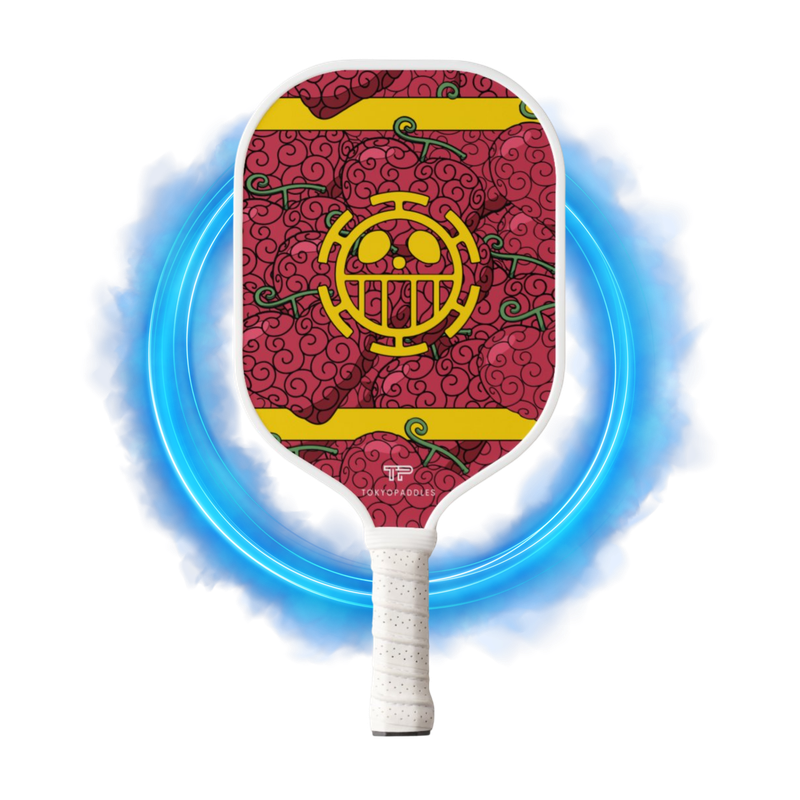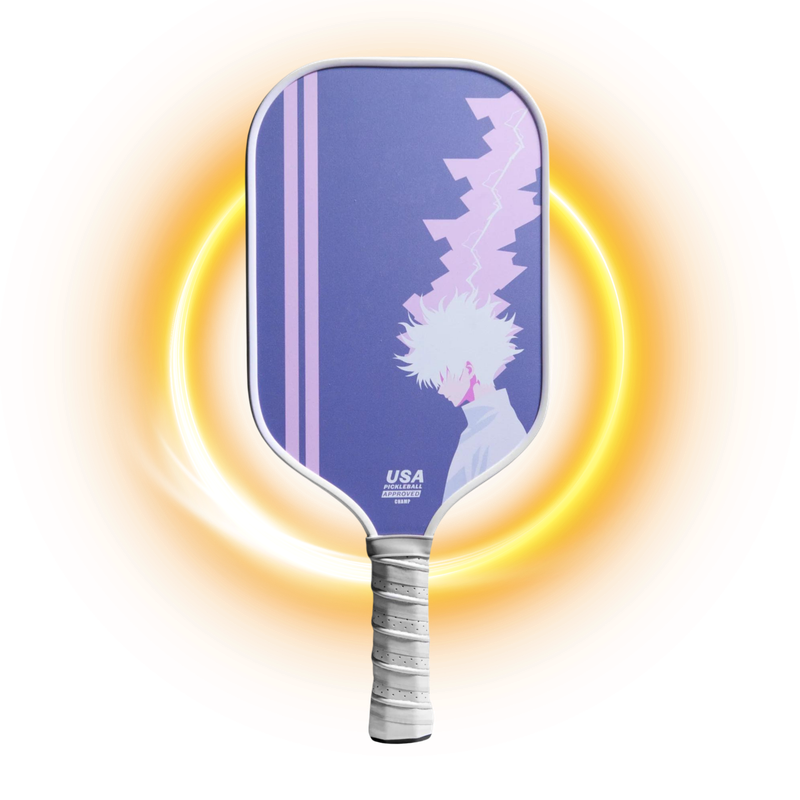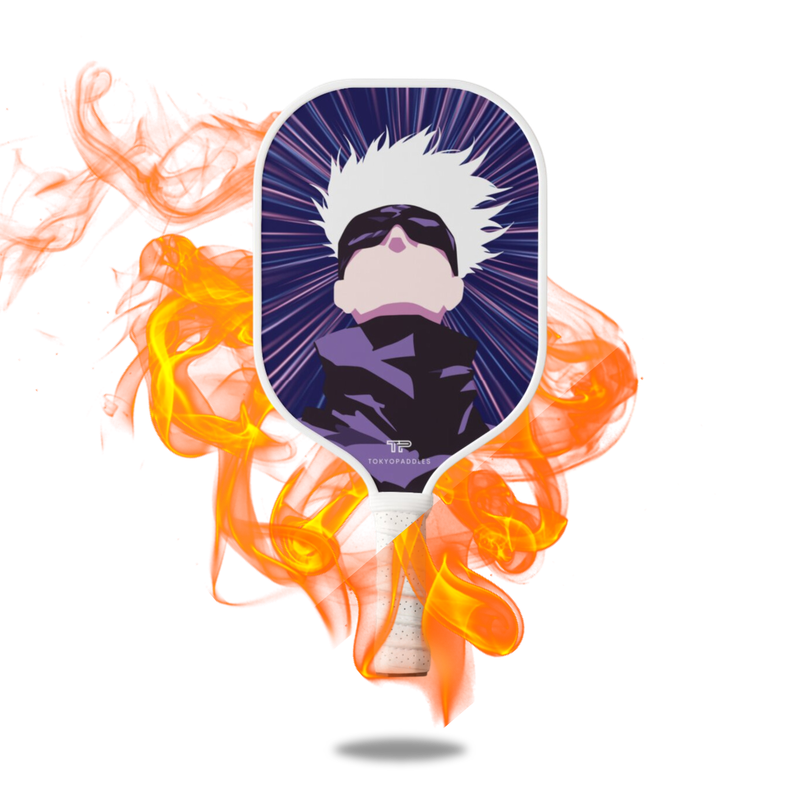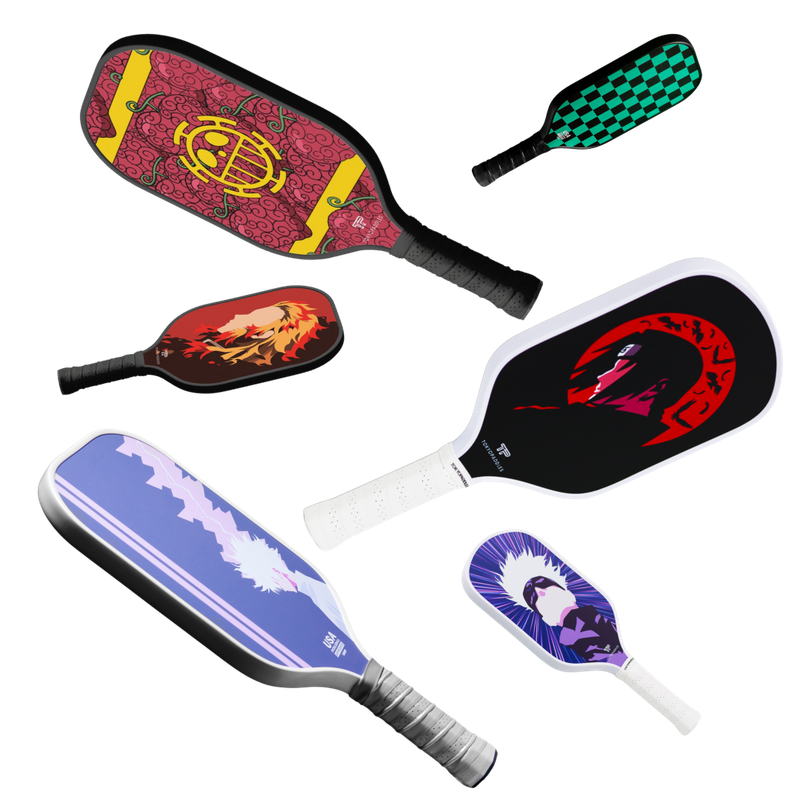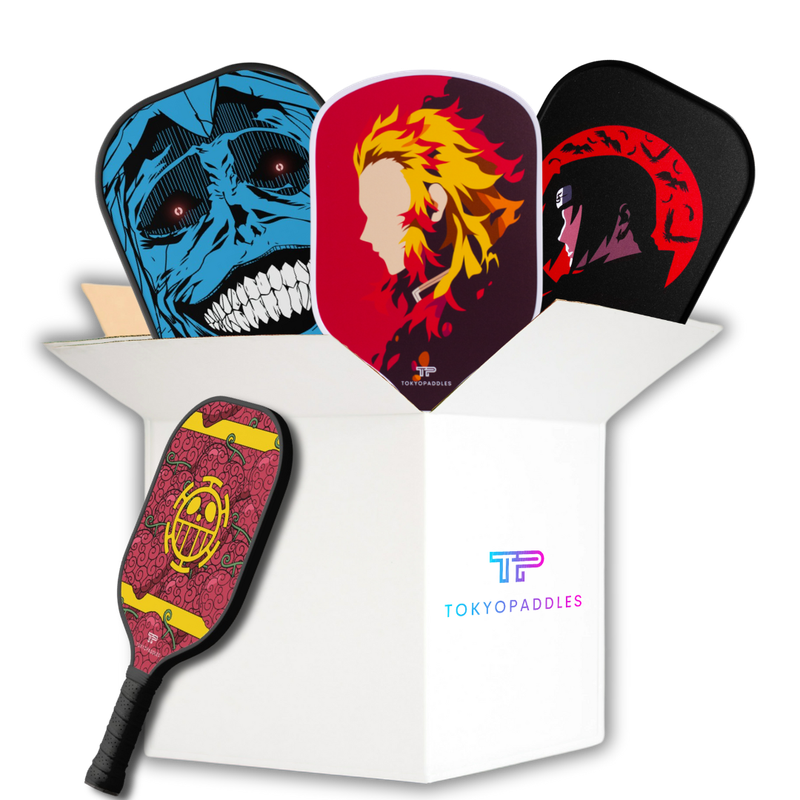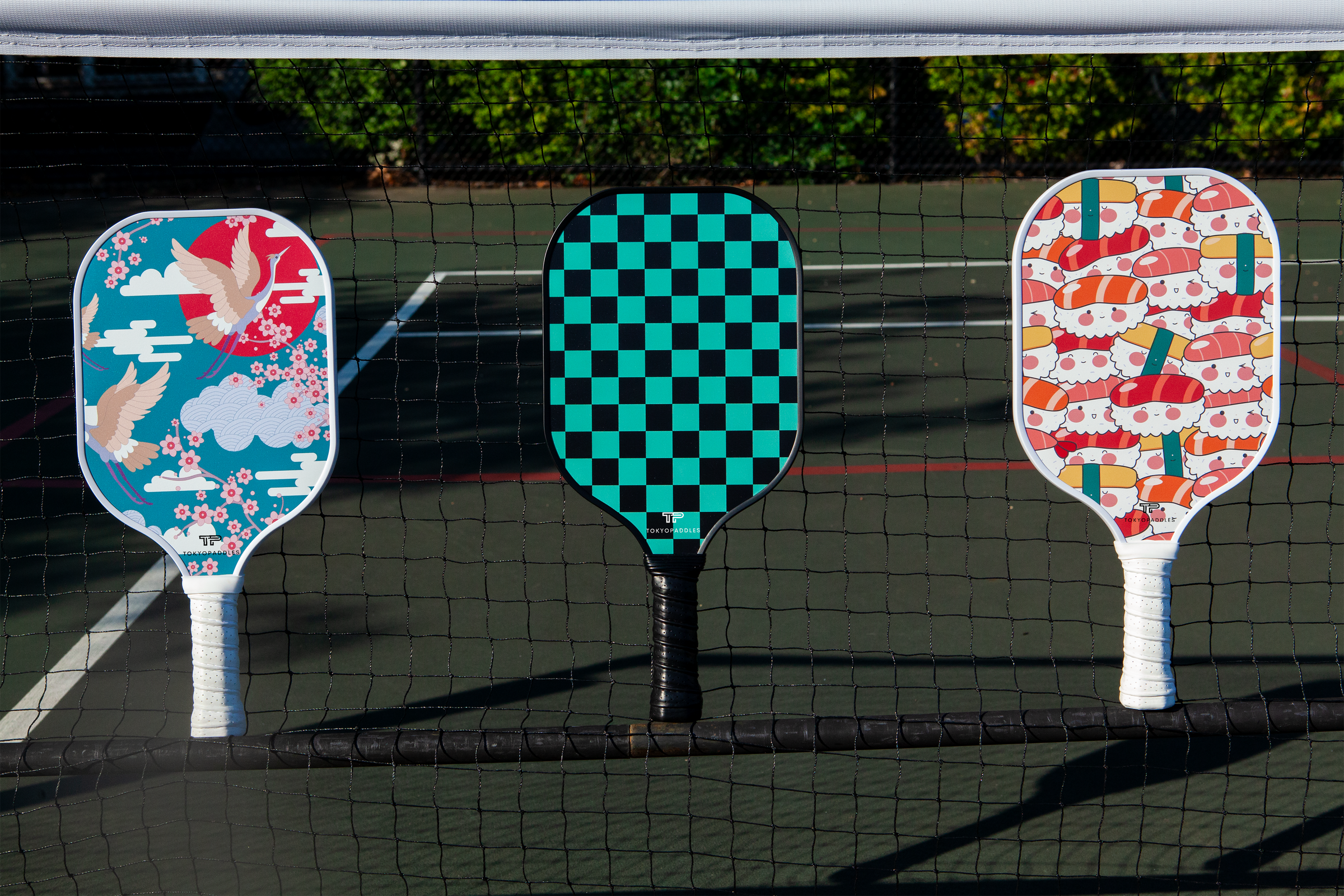Mastering the Two-Handed Backhand with the Right Pickleball Paddle
The Importance of the Right Paddle in Mastering the Two-Handed Backhand
In the game of pickleball, a powerful and reliable two-handed backhand can give players a significant edge. Mastering this shot requires not only technique and practice but also the right equipment. The paddle, an extension of the player's body, is a crucial factor in performing the two-handed backhand with precision and power.
Understanding Pickleball Paddle Attributes
Before choosing the right paddle for your two-handed backhand, it's important to understand the various attributes that make each paddle unique. The weight, balance, grip size, and surface material all play a role in how a paddle will perform on the court.
Selecting the Ideal Weight
The weight of a pickleball paddle can significantly affect your backhand. A heavier paddle provides more power but can also be more challenging to maneuver. On the other hand, a lighter paddle offers greater control and quickness but may lack the force behind the shot. For a two-handed backhand, a middle-weight paddle often offers the best compromise, allowing for rapid movements without sacrificing the necessary power for a strong return.
Considering Balance and Grip Size
Paddle balance - whether it is head-heavy, head-light, or evenly balanced - also influences the effectiveness of a two-handed backhand. An evenly balanced or slightly head-heavy paddle can enhance the stability and power of your shot. As for the grip size, it is imperative that you feel comfortable holding the paddle. A grip that is too large or small can lead to a lack of control or excessive wrist action, which can disrupt the fluidity of your two-handed backhand.
The Role of Surface Material and Texture
The surface material and texture of a pickleball paddle impact the spin and speed of the ball. A rough texture will allow more spin, which can be beneficial when slicing the ball or executing a backhand with a lot of topspin. Graphite or composite surfaces are common choices that provide a good balance between power and control, helping players to hit a more consistent two-handed backhand.
Techniques for a Strong Two-Handed Backhand
While the paddle plays a crucial role, mastering the two-handed backhand also depends on proper technique and practice. Here are a few tips to help develop a strong two-handed backhand:
Stance and Footwork
A stable, balanced stance is the foundation for a powerful backhand. Keep your feet shoulder-width apart and your knees slightly bent. Good footwork is essential for positioning yourself correctly and ensuring that you can transfer your body weight through the shot.
Grip and Swing Mechanics
The two-handed backhand involves both hands on the paddle; your dominant hand at the base of the grip and your non-dominant hand above it. The grip should be firm but relaxed. Focus on leading with your hips and shoulders to initiate the swing, and then follow through with your arms and wrists. This full-body movement is key to generating power and control.
Practice Drills
Regular practice is the best way to improve your two-handed backhand. Work on drills that emphasize repetitive motions, consistency, and varying speeds and spins. Partner drills, ball machines, or wall practice can all be beneficial in refining your technique.
The Right Pickleball Paddle Makes a Difference
In conclusion, while mastering the two-handed backhand in pickleball requires attention to technique and frequent practice, the choice of paddle cannot be overlooked. By selecting a paddle with the appropriate weight, balance, grip size, and surface material, you can enhance your ability to execute a powerful and effective two-handed backhand. Coupled with dedicated training, the right paddle will be your ally on the court, driving you towards greater success in your pickleball endeavors. We offer a great selection of pickleball paddles for overall great gameplay here.

